Humans have kept birds as companions for thousands of years, cherishing their beauty, intelligence, and especially their vocal abilities. For those seeking a feathered friend who can become a true conversational partner, certain species stand out for their exceptional talking abilities. These birds can learn words, phrases, songs, and even contextually appropriate responses that make them feel like genuine members of the family. While all birds require dedication and proper care, talkative species offer a unique bond through their vocal interactions with their human companions. From the well-known African Grey to the surprisingly chatty Quaker Parakeet, let’s explore the most loquacious avian companions that might be perfect for your home.
African Grey Parrots
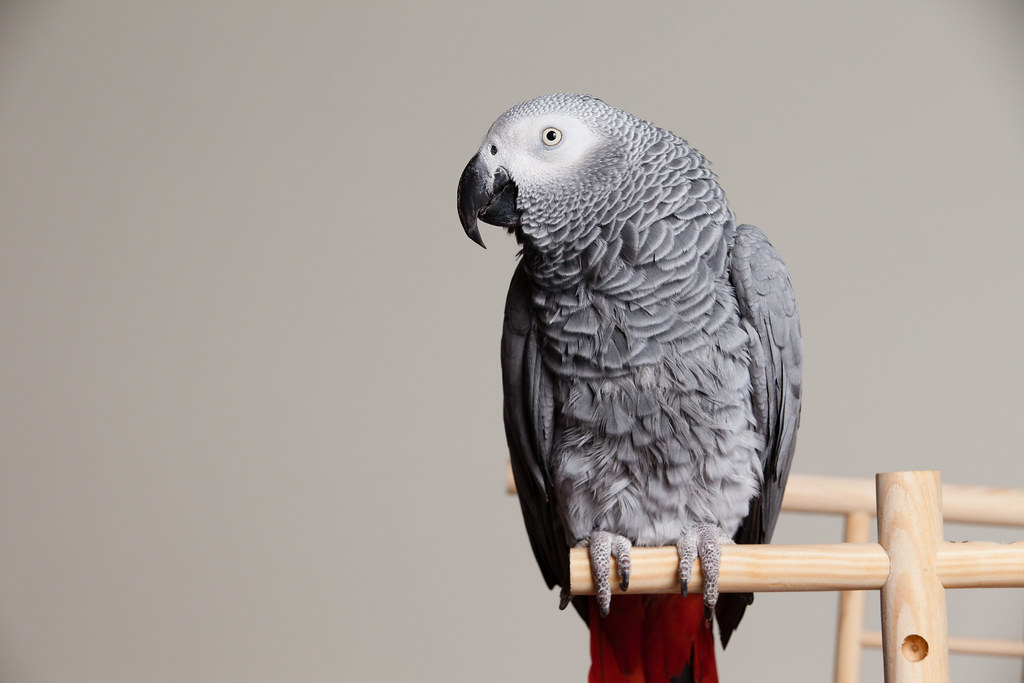
Often considered the most intelligent of all parrot species, African Greys are renowned for their exceptional talking abilities and cognitive skills. These medium-sized grey birds with striking red tail feathers can develop vocabularies of hundreds of words and use them in context. Perhaps the most famous example was Alex, an African Grey studied by Dr. Irene Pepperberg, who demonstrated understanding of concepts like colors, shapes, and numbers. Beyond mere mimicry, African Greys can often learn to associate words with meanings and may even create simple sentences on their own. Their deep capacity for understanding human speech makes them particularly impressive talkers, though they require significant mental stimulation, attention, and space to thrive.
Amazon Parrots
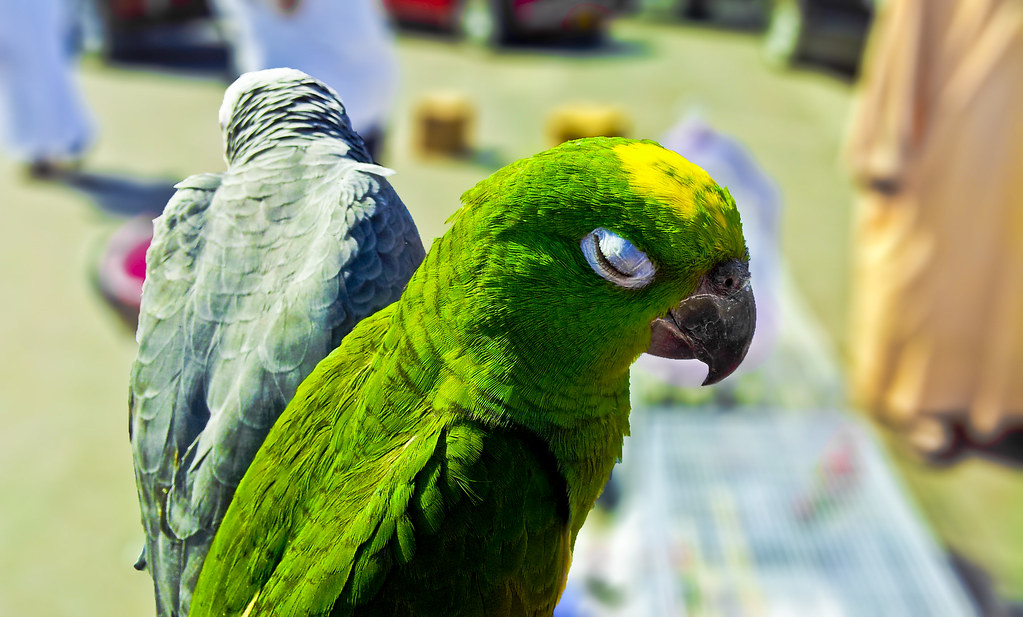
Amazon parrots comprise several species known for their vibrant personalities and impressive vocal abilities. Yellow-naped, Double Yellow-headed, and Blue-fronted Amazons are particularly celebrated for their clear speech and extensive vocabularies. These social birds are natural performers who often enjoy showing off their vocal skills with enthusiasm and volume that can sometimes surprise new owners. Many Amazons develop unique voices that sound remarkably human-like, with some able to mimic specific family members with uncanny accuracy. Their speaking ability typically develops around 3-4 years of age and continues improving throughout their long lives, which can span 50+ years with proper care. Despite their vocal talents, Amazons require experienced owners who can handle their strong personalities and occasional stubborn streaks.
Budgerigars (Budgies)
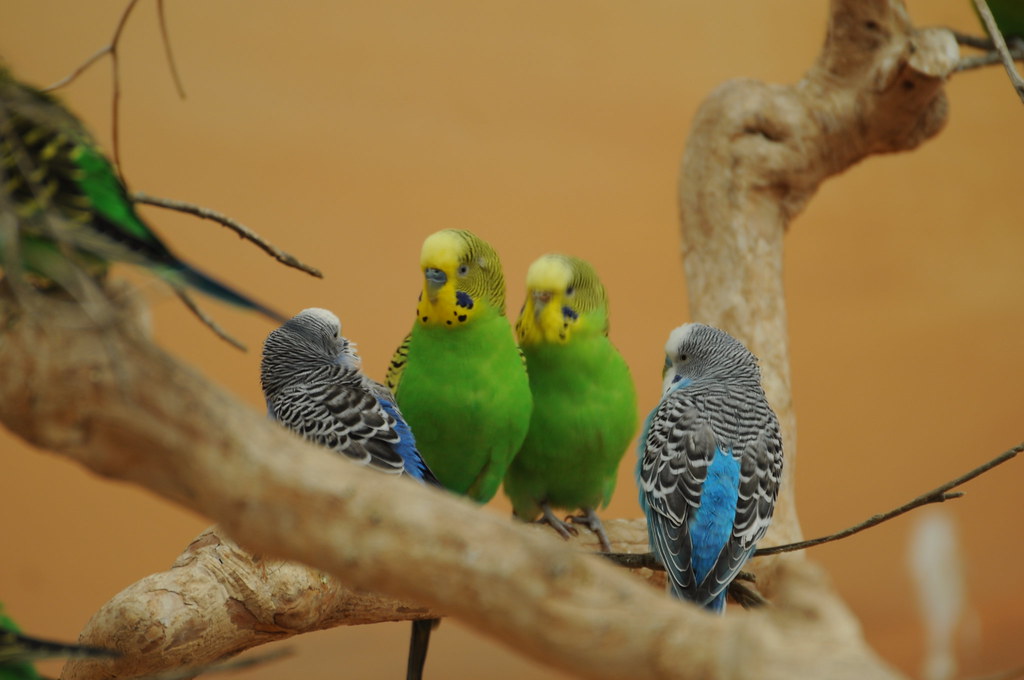
Though small in size, budgies (also known as parakeets in North America) can be surprisingly accomplished talkers with the right training and attention. These affordable and popular pets hold the Guinness World Record for largest bird vocabulary, with one budgie named Puck recorded knowing 1,728 words. Their high-pitched voices make their speech less clear than larger parrots, but with patience, many budgies can learn dozens of words and simple phrases. Male budgies typically talk more readily than females, making them the preferred choice for those specifically seeking a talking companion. Despite their talking potential, owners should remember that individual personality greatly influences how much any budgie will speak, regardless of gender or training efforts.
Indian Ringneck Parakeets

Indian Ringnecks are medium-sized parrots with a remarkable aptitude for speech that often surprises those unfamiliar with the species. These elegant birds with their distinctive neck rings can develop vocabularies of 200-250 words when properly socialized and trained. Their voice quality is exceptionally clear, making them easy to understand compared to some other talking birds. Indian Ringnecks typically begin talking around 8 months to 1 year of age, with males generally being more talkative than females. Their intelligence allows them to learn rapidly, though this same intelligence requires regular mental stimulation to prevent behavioral issues. Potential owners should be aware that Ringnecks often go through a bluffing phase during adolescence, requiring patient and consistent handling to maintain their friendly demeanor.
Quaker Parakeets (Monk Parakeets)

Quaker Parakeets, also known as Monk Parakeets, are medium-sized birds that pack impressive talking abilities into a relatively compact package. These social birds with bright green plumage and gray chest feathers can develop vocabularies of 100+ words and speak with remarkable clarity for their size. Quakers are known for their energetic personalities and tendency to chatter throughout the day, mixing learned human phrases with their natural vocalizations. Their intelligence extends beyond talking to problem-solving and even constructing elaborate communal nests in the wild – the only parrot species to build such structures. Potential owners should note that Quakers are illegal to own in some states and regions due to concerns about established feral populations, so checking local regulations is essential before considering this talkative companion.
Eclectus Parrots

Eclectus parrots stand out not only for their dramatic sexual dimorphism (males are bright green while females are red and purple) but also for their excellent talking abilities. These striking birds possess deep, resonant voices that can sound remarkably human-like with proper training and socialization. Female Eclectus tend to be more prolific talkers than males, though both sexes can develop impressive vocabularies with the right encouragement. Their speech is typically very clear and deliberate, making them easier to understand than many other parrot species. Eclectus have unique digestive systems requiring specialized diets rich in fruits and vegetables, so potential owners must be prepared for more complex nutritional management along with their vocal training regimen. Their calm demeanor compared to some other talkative species makes them good choices for quieter households.
Cockatoos
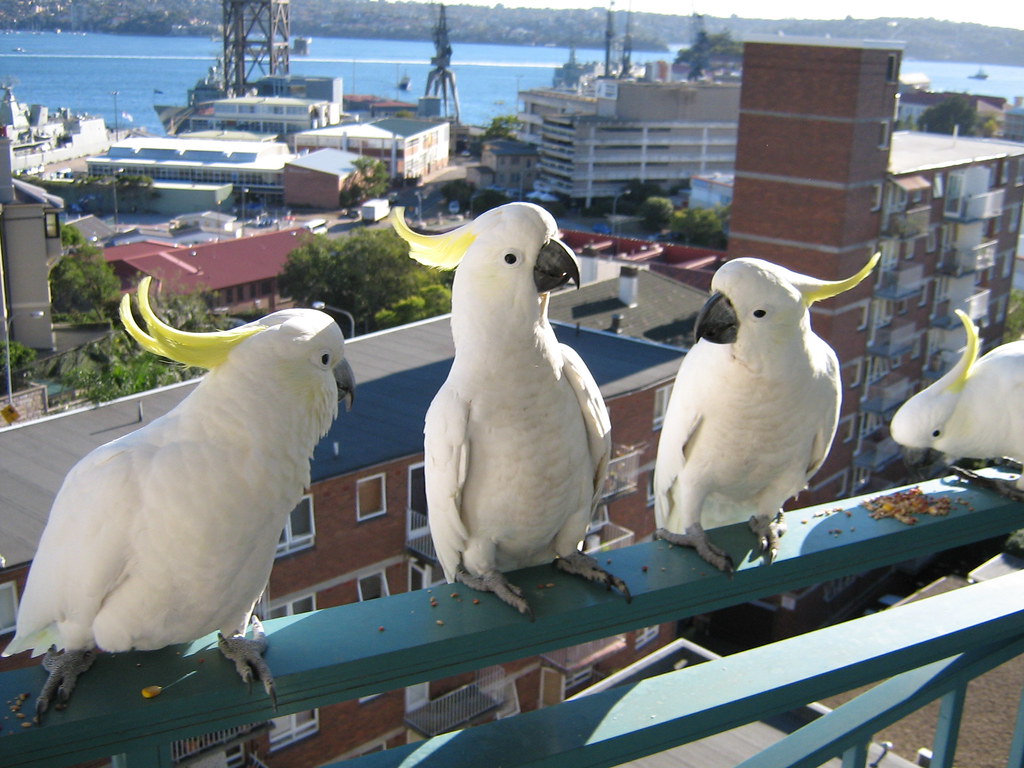
While not typically considered the best talkers among parrots, several cockatoo species can develop decent vocabularies with consistent training. Umbrella cockatoos and Moluccan cockatoos in particular may learn dozens of words and phrases, though their pronunciation isn’t always as clear as some other parrot species. What cockatoos lack in vocabulary size, they often make up for in emotional expressiveness, using tone and inflection that can make their limited speech feel remarkably communicative. These birds are better known for their extreme affection, intelligence, and unfortunately, ear-splitting screams when their considerable attention needs aren’t met. Potential owners should consider cockatoos primarily for their capacity for bonding rather than talking ability, as these demanding birds require more time, attention, and patience than almost any other pet bird species.
Blue-Fronted and Yellow-Naped Amazons
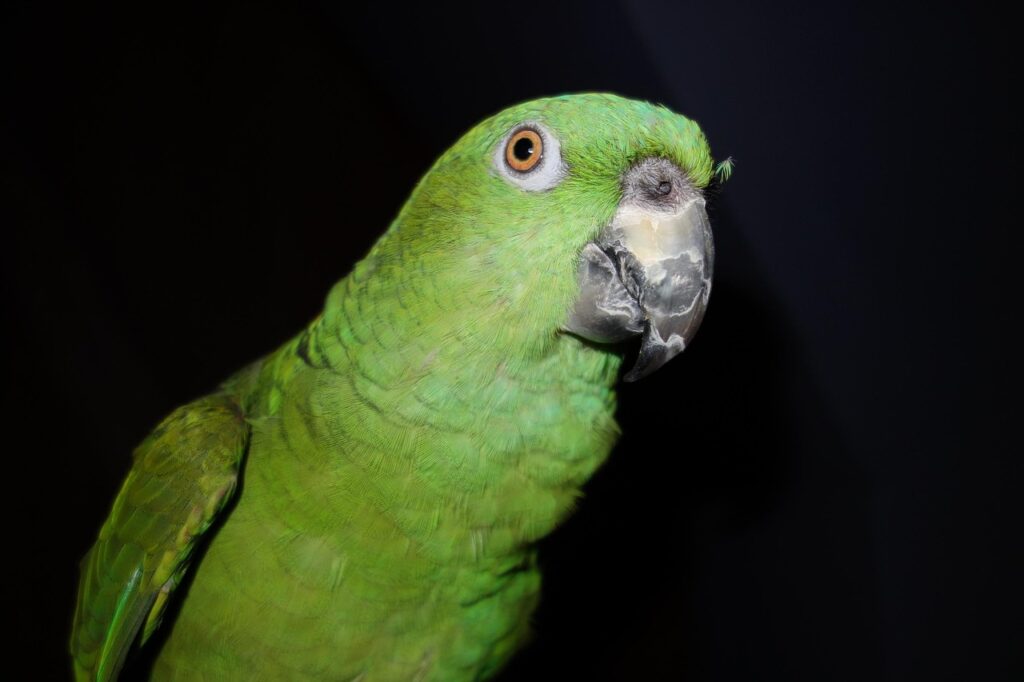
Among the Amazon parrot family, Blue-Fronted and Yellow-Naped varieties deserve special mention for their exceptional speaking abilities. These charismatic medium-sized parrots are often considered second only to African Greys in their talking potential, with many individuals developing vocabularies of several hundred words. Their speech is typically very clear with excellent enunciation, and many develop an uncanny ability to mimic the specific inflections of household members. Yellow-Naped Amazons in particular are renowned for their singing abilities, often learning entire songs and performing them with enthusiasm and surprisingly good pitch. Both species are highly intelligent and require substantial mental stimulation and social interaction to prevent behavioral problems. Their boisterous personalities make them entertaining companions, though potential owners should be prepared for their loudness during morning and evening activity periods.
Hill Mynahs

Unlike the parrots that dominate this list, Hill Mynahs are softbills from the starling family yet possess remarkable talking abilities that rival or exceed many parrot species. These glossy black birds with distinctive yellow facial patches can mimic human speech with exceptional clarity and proper intonation, often sounding more human-like than parrots. Their natural vocal abilities allow them to perfectly reproduce sounds from their environment, including human conversations, household noises, and other animal vocalizations. Hill Mynahs require specialized diets based on fruit and special softbill food preparations, making them somewhat challenging for beginners. While they’re incredible talkers, they don’t typically form the same kind of physical bonds with humans as parrots do, preferring less handling and more respectful interaction from a slight distance.
Cockatiels
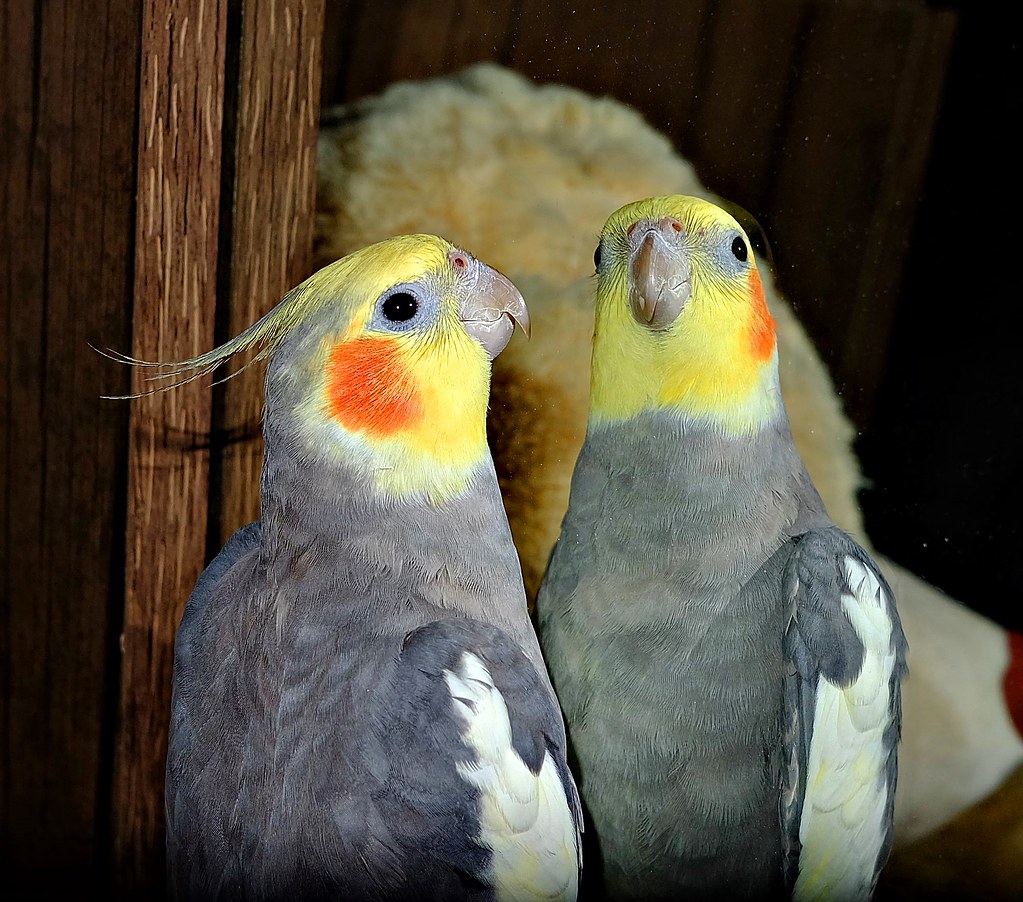
These popular crested parakeets are moderately good talkers who can learn a limited vocabulary with patient training. Male cockatiels are much more likely to talk than females, though their high-pitched voices make their speech less clear than larger species. What cockatiels lack in verbal clarity, they often make up for in musical ability, readily learning to whistle tunes with remarkable accuracy. Many cockatiel owners report their birds learning the themes from popular movies, TV shows, or video games through repeated exposure. These gentle, affectionate birds make excellent pets for first-time bird owners due to their manageable size, reasonable noise levels, and generally friendly dispositions. Their talking ability is best considered a potential bonus rather than an expectation when choosing a cockatiel as a pet.
Derbyan Parakeets
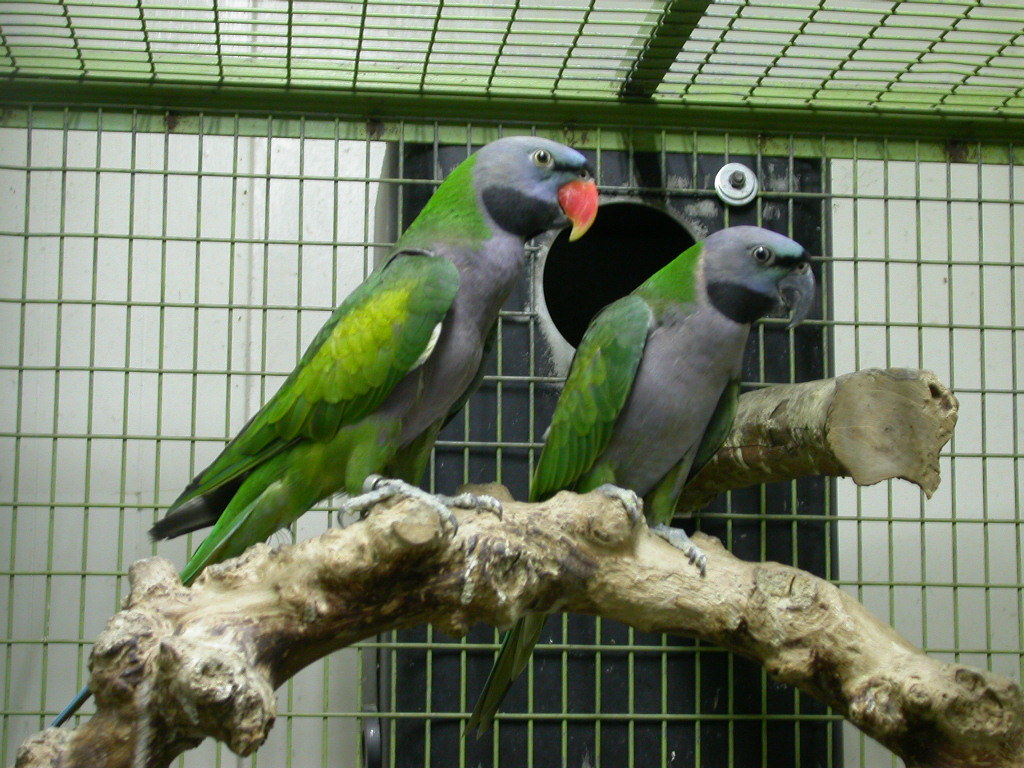
Less common in the pet trade than many birds on this list, Derbyan Parakeets are medium-sized birds with exceptional talking potential that’s often overlooked. These beautiful birds with teal blue bodies and maroon-colored heads can develop clear speech and impressive vocabularies when properly socialized from a young age. Their voices tend to be melodious and pleasant, without the harsh qualities sometimes found in other talking species. Derbyans typically form strong bonds with their owners and can become dedicated conversationalists with consistent interaction. Their relatively uncommon status in the pet trade makes them more difficult to find and typically more expensive than more popular species, but enthusiasts of talking birds often find their capabilities well worth the extra effort to locate a reputable breeder.
Tips for Encouraging Speech in Pet Birds
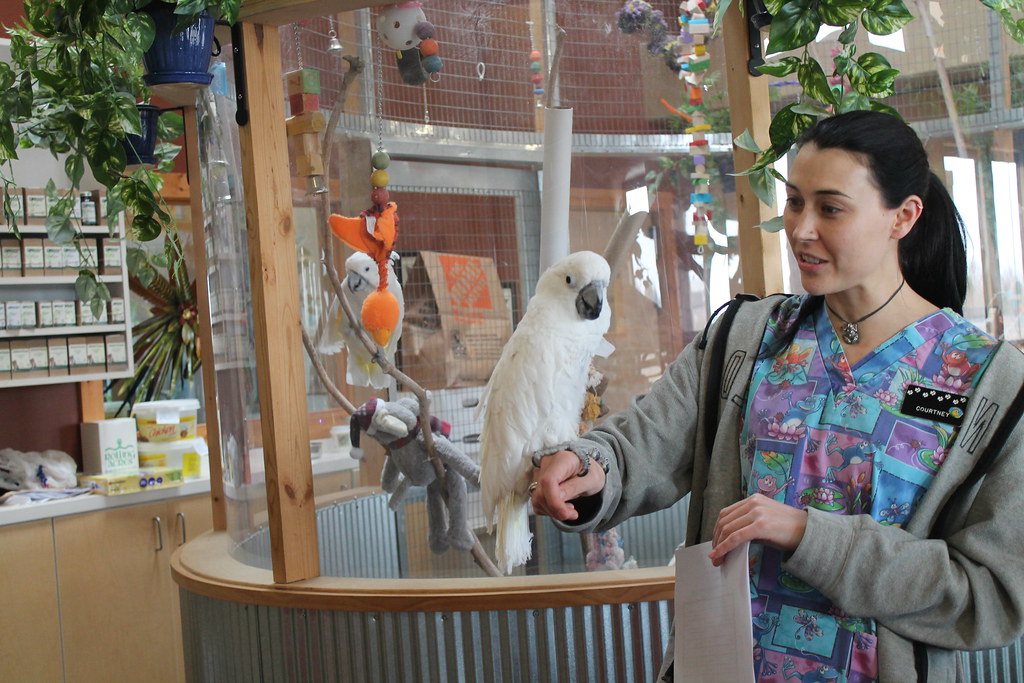
Developing a talking bird requires patience, consistency, and appropriate expectations based on species and individual personality. Begin training when birds are young, ideally during their critical developmental period between 3-6 months of age for most species. Establish regular speech sessions in quiet environments without distractions, keeping lessons short (5-10 minutes) but frequent (several times daily) for optimal learning. Simple words with hard consonants like “hello,” “pretty,” and names tend to be easiest for birds to master first before attempting more complex phrases. Remember that male birds are typically more prone to vocalization than females in most species, though notable exceptions exist. Even with perfect technique, some individual birds simply choose not to talk despite their species’ reputation, so always value your pet’s unique personality beyond just their talking ability.
Considerations Before Choosing a Talking Bird

While the prospect of a talking avian companion is exciting, potential owners must consider the substantial commitment these intelligent creatures require. Most talking bird species live decades—many 50+ years—meaning they’re truly lifetime commitments that may outlive their owners and require estate planning. Beyond longevity, these birds need spacious cages, specialized diets, regular veterinary care from exotic specialists, and hours of daily interaction to remain mentally and emotionally healthy. The substantial noise levels of many talking species make them inappropriate for apartment living or households where quiet is necessary. Financial considerations include not just purchase price (ranging from under $100 for budgies to several thousand for rare species) but ongoing costs for quality food, toys, perches, and preventative healthcare. Only after careful consideration of these factors should one welcome a talking bird into their home.
The world of talking birds offers remarkable diversity, from the budget-friendly budgie to the intellectually impressive African Grey. Each species brings its own combination of vocal ability, personality, and care requirements that potential owners must carefully consider. While the allure of a conversational pet is strong, responsible ownership means looking beyond talking ability to find a bird whose temperament and needs align with your lifestyle and capabilities. With proper care, training, and affection, these intelligent creatures can become beloved family members who provide decades of companionship through their remarkable vocal abilities. Whether you choose a bird for its talking potential or simply welcome it as a bonus quality in your feathered friend, the journey of communicating across species barriers remains one of the most rewarding aspects of sharing life with these extraordinary animals.

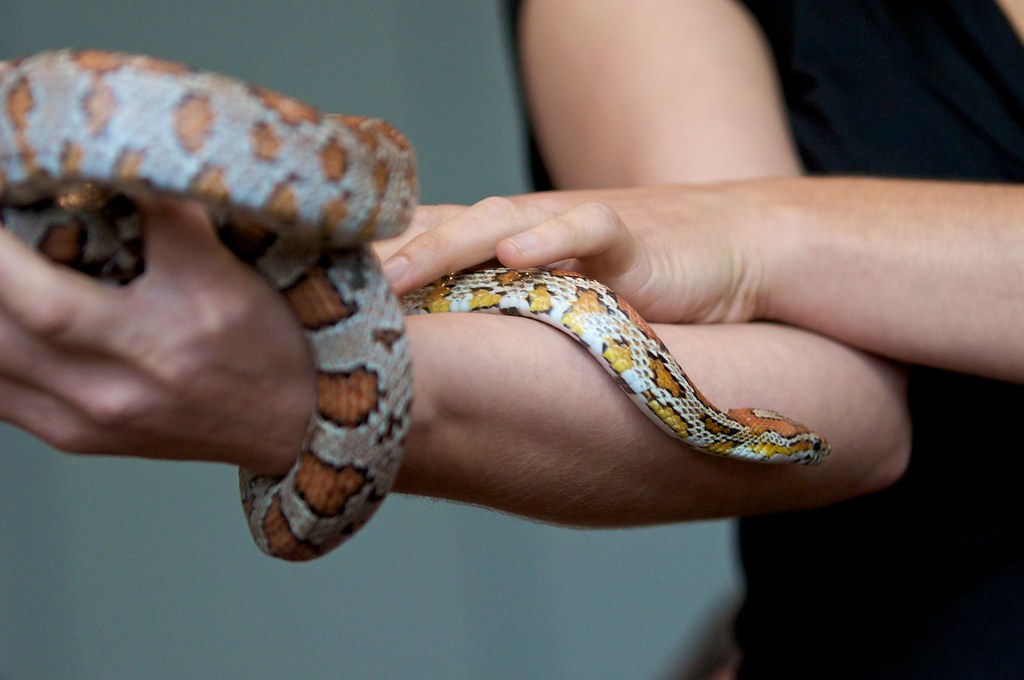


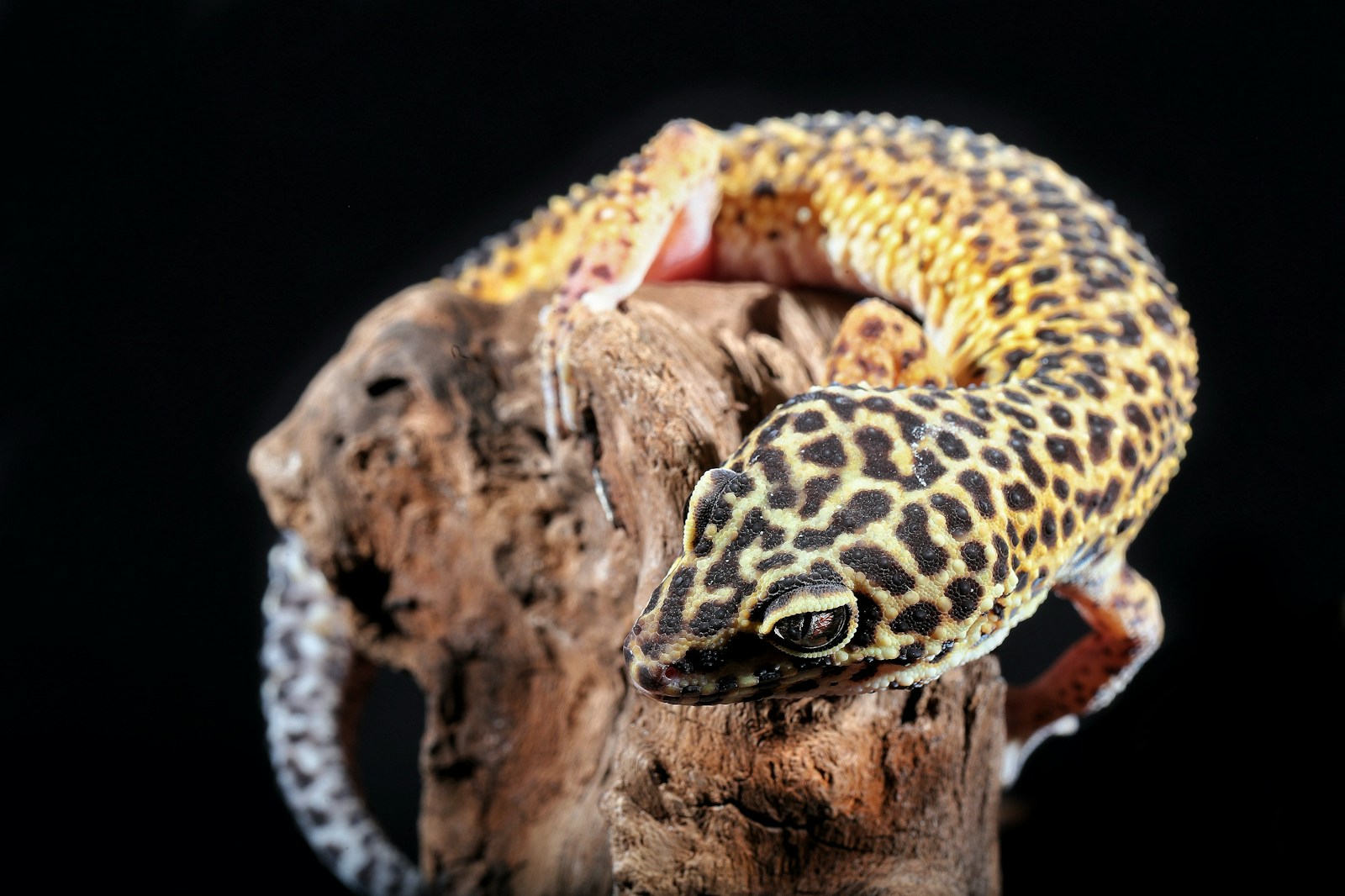
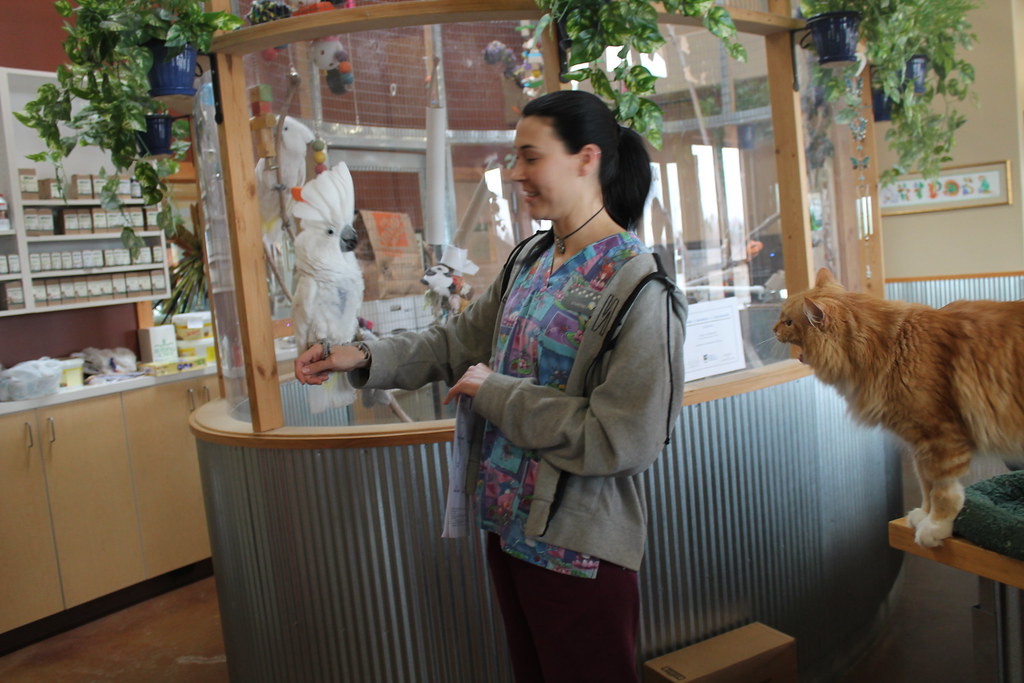
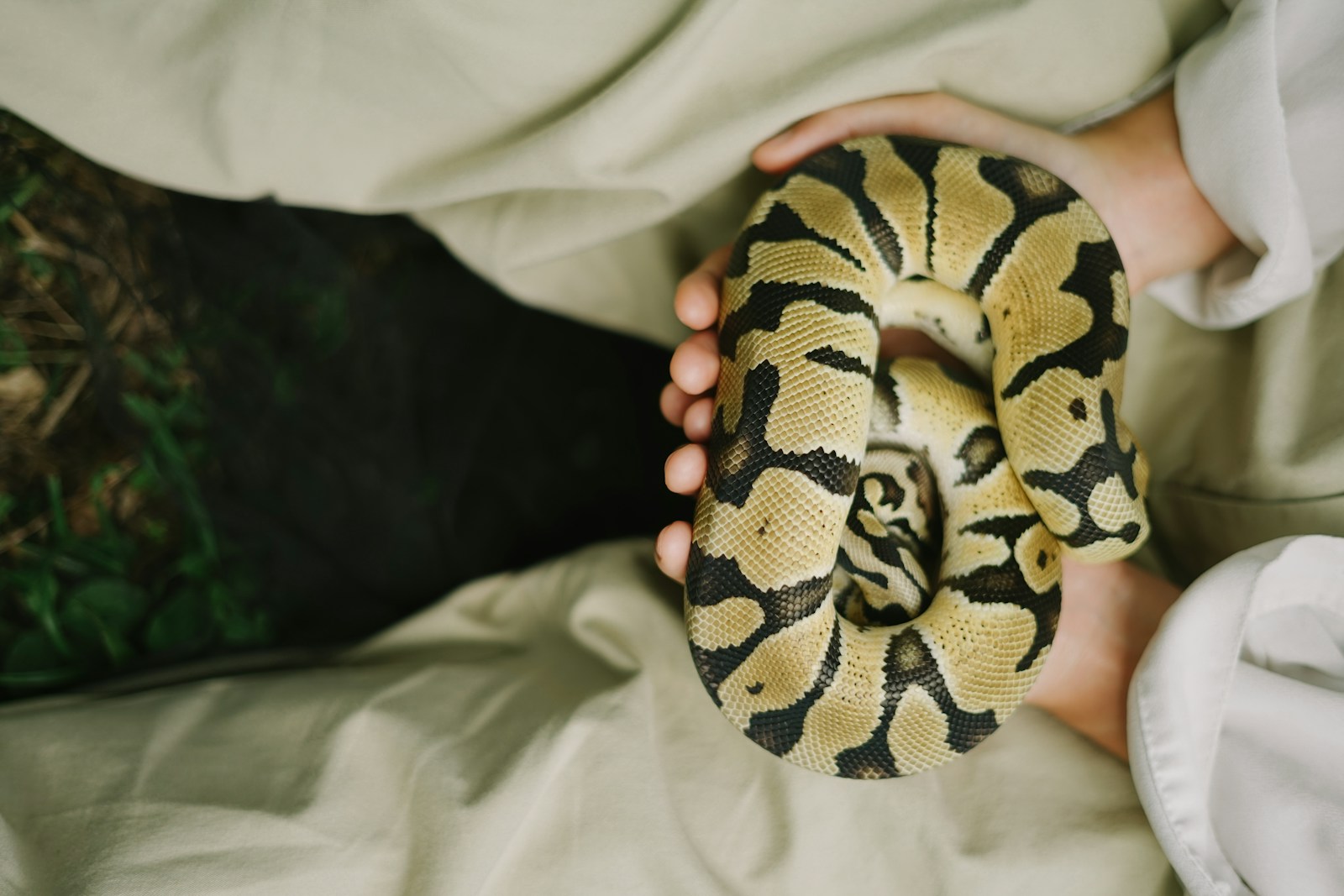
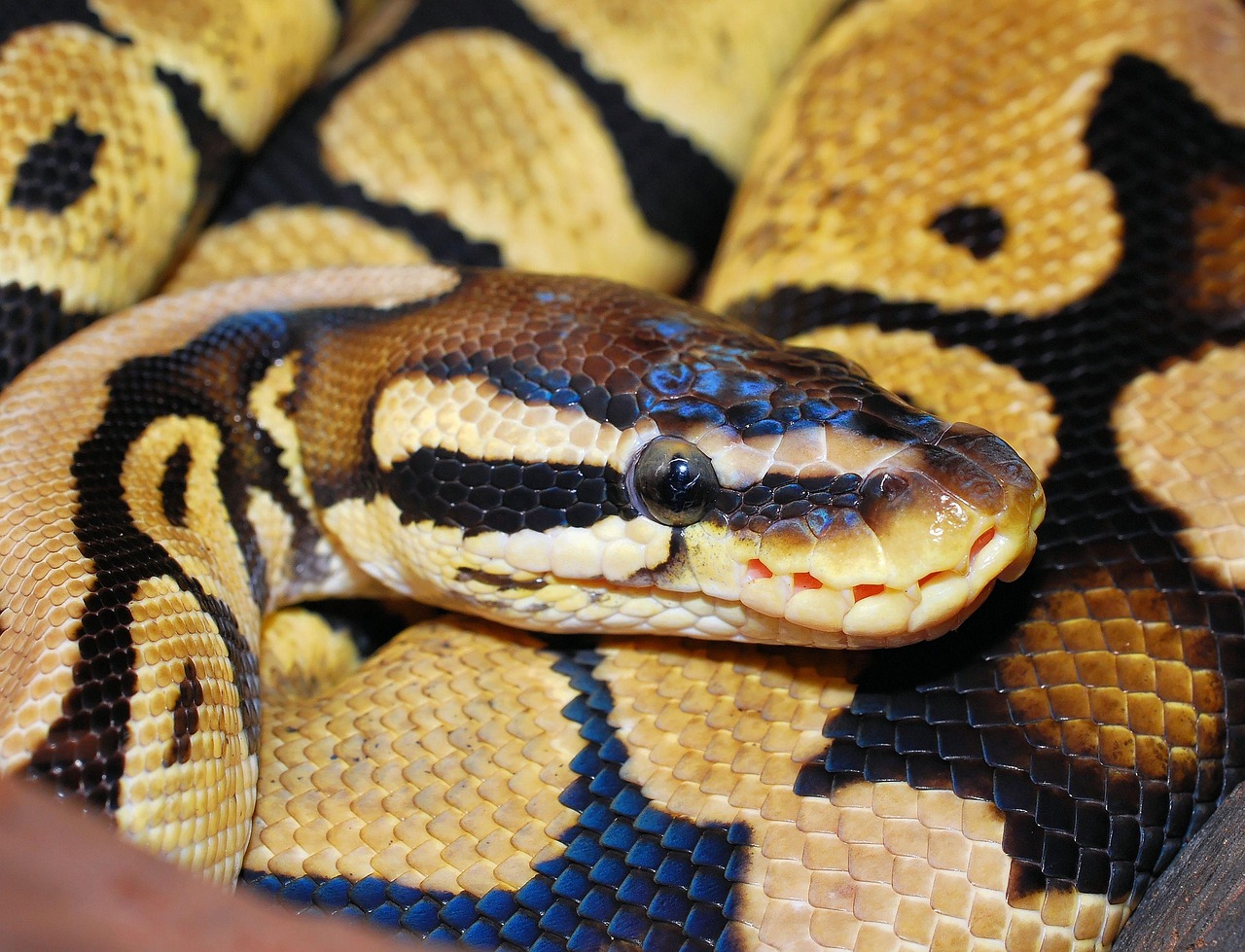

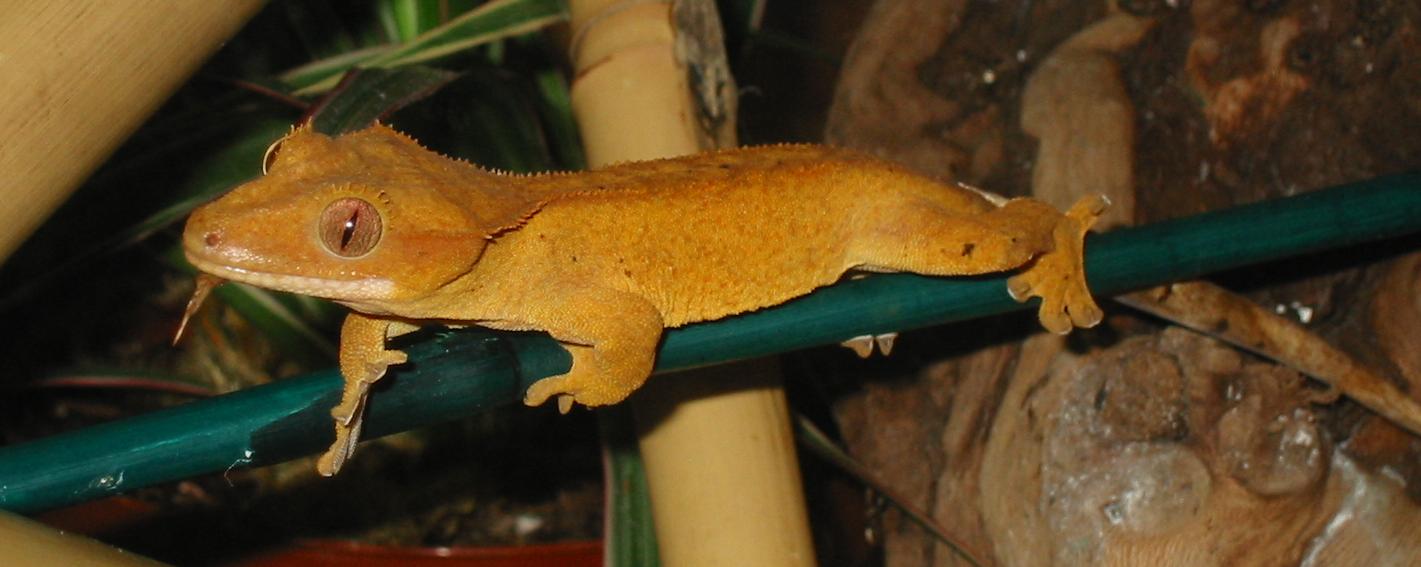
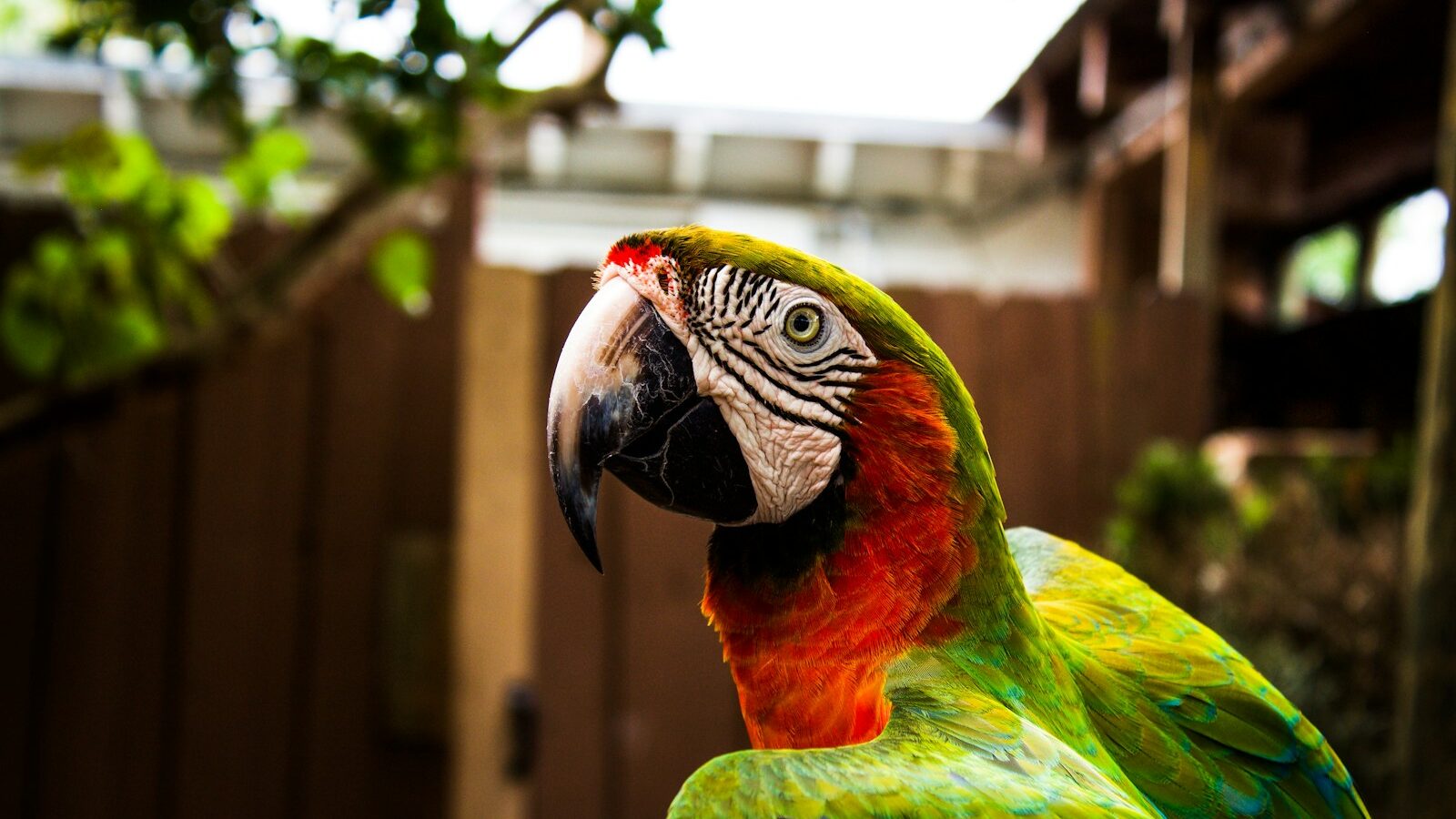

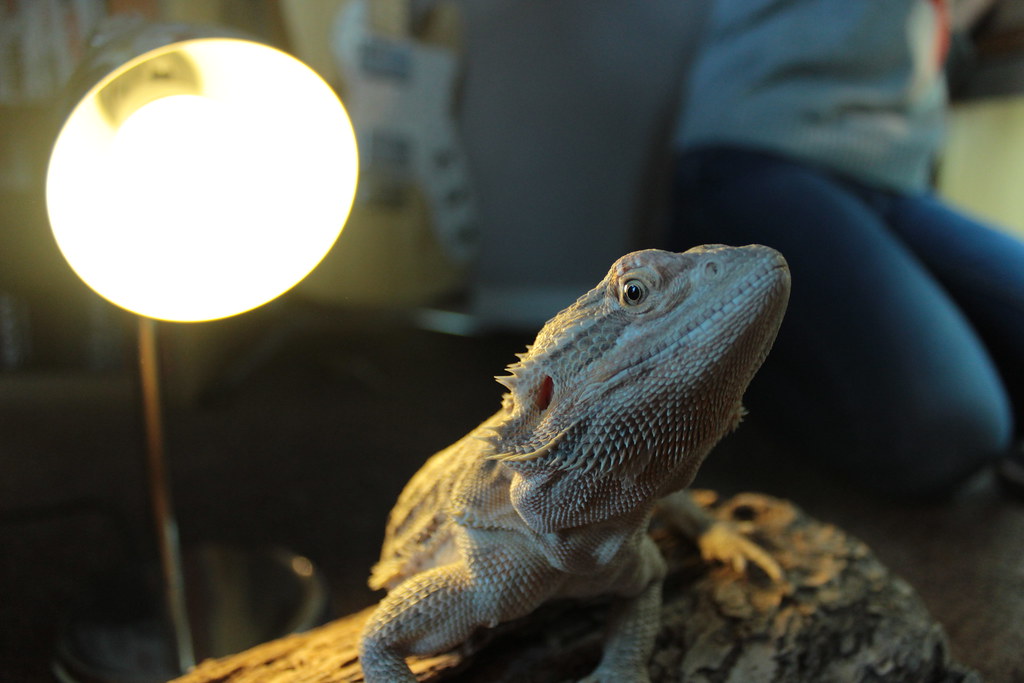
Leave a Reply